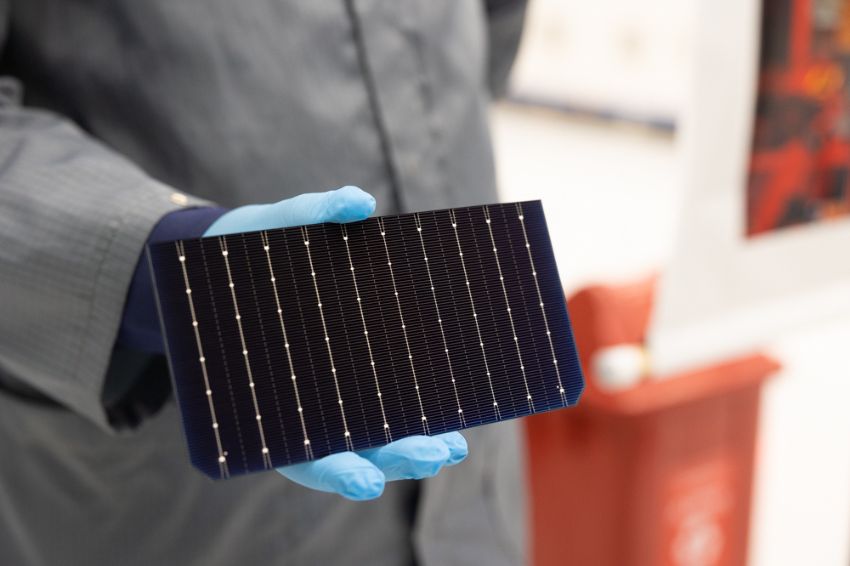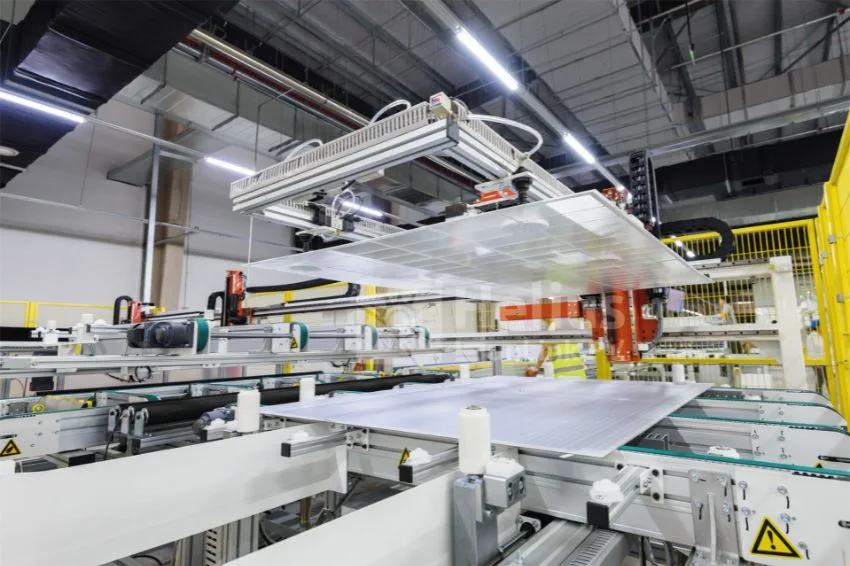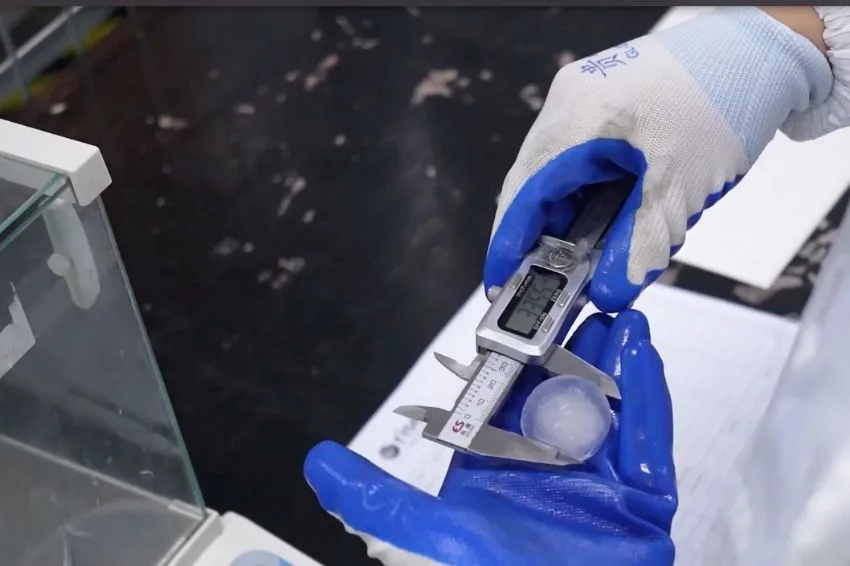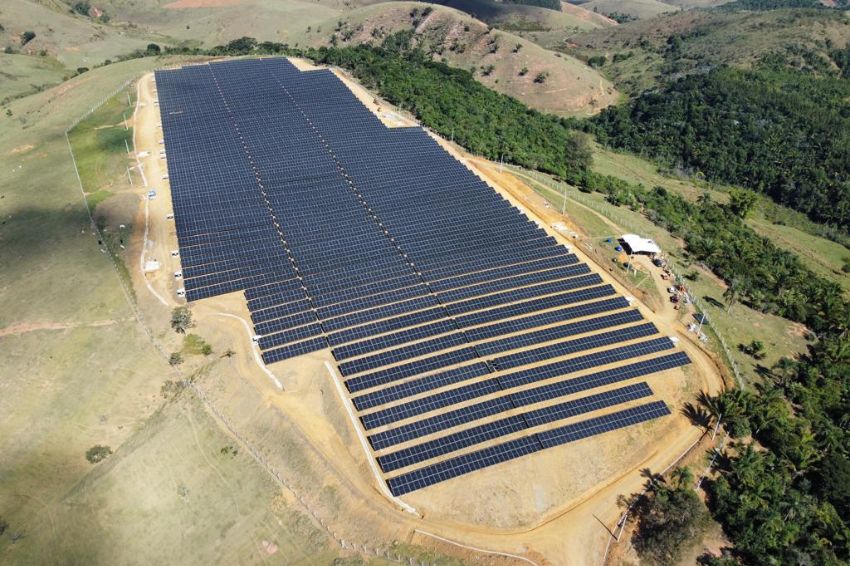O NREL (United States National Renewable Energy Laboratory) announced a new version of Best Research-Cell Efficiency Chart, a tool that highlights the highest confirmed cell conversion efficiencies for a variety of photovoltaic technologies.
According to the entity, users can Extract decades of survey data and compare custom charts focusing on specific technologies or time periods.
“There is much more than just the efficiency of a solar cell,” said Nikos Kopidakis, a physicist at NREL who oversees the regularly updated chart. The expert claims that it is possible to analyze, in addition to efficiency, a cell's current, voltage output and fill factor.
The highest research cell efficiency recorded in the graph is 47.1%, for a four-junction cell, for example. “It is possible that the NREL chart is the most presented you can find at the annual PV experts conference and similar conferences,” pointed out Sarah Kurtz, senior researcher at NREL.
More about the graph
According to the Laboratory, the chart contains information about various photovoltaic cell technologies as they were discovered and developed over the last 50 years.
The same has accompanied the incremental but consistent improvement of traditional solar cells, such as those made from silicon. Furthermore, it also documented the growth of some emerging technologies, such as perovskite photovoltaic cells.
Until now, the information available on the graph was limited to a cell's efficiency and the name of its manufacturer and could only be downloaded as a PDF. Now users can customize which technologies appear, explore the data behind each point, and export their own custom versions.
By hovering over an individual point on the interactive cell efficiency graph, users can see more details about that record cell. The availability of details will vary from peer to peer depending on what information NREL has in its records.


















